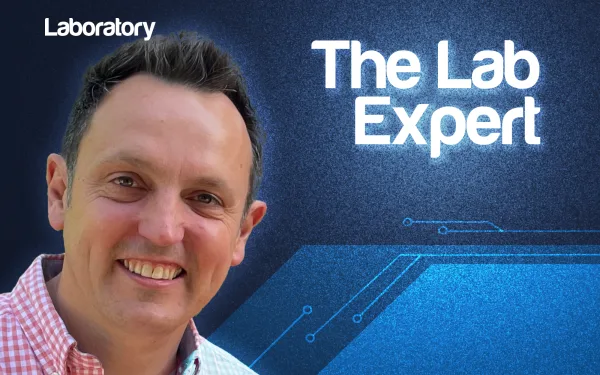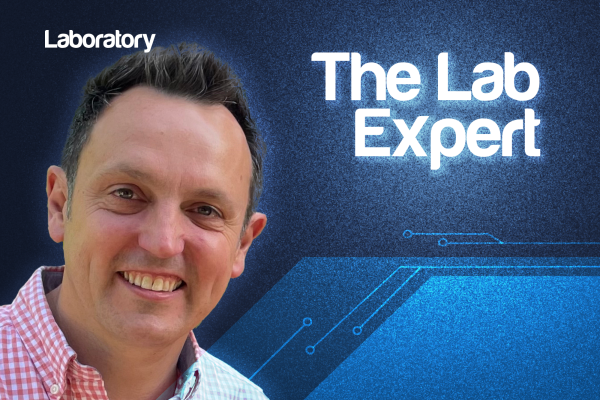In an effort to bridge the knowledge gap between labs and dentists, Ashley Byrne shares what labs wish every dentist understood.
Ask any dental technician and they’ll tell you – digital dentistry is revolutionising the way we work. Yet, despite its widespread adoption, a disconnect remains between dental labs and dentists when it comes to fully utilising digital workflows.
While labs have embraced CAD/CAM, intraoral scanning and AI-powered design tools, many clinicians still struggle to integrate these advancements effectively into their daily practice. So, what do labs wish dentists knew about digital dentistry, and how can we bridge this knowledge gap?
Understanding the digital workflow
One of the biggest challenges labs face is the inconsistency in the quality of digital impressions received from clinics. Intraoral scanners are game-changers, but only when used correctly. Poor scan technique, missing data, or failure to capture crucial landmarks can lead to ill-fitting restorations and costly remakes.
Dentists need to understand that scanning is not just about waving a wand in the mouth, it requires proper training, attention to angulation and ensuring a full arch is accurately captured. From the lab’s perspective, a high-quality digital impression is the foundation of a precise restoration. A well-executed scan eliminates the distortions associated with traditional impressions, reduces turnaround times and minimises the need for adjustments at the fit appointment.
Dentists who take the time to refine their scanning technique will see better results and fewer frustrating remakes. Often when this learning phase doesn’t happen and impressions do not improve, the relationship can often break down between the lab and clinic.
Communication: the key to success
Despite the convenience of digital technology, many labs still receive incomplete or vague prescriptions from dentists. The shift to digital workflows should be paired with improved communication, not less of it. Digital case management platforms allow real-time discussions, case tracking, and the sharing of 3D models and annotated images. However, these tools are only effective if they are actually used.
Labs wish dentists would be more specific about their expectations. Providing detailed instructions about occlusion, shade preferences and desired tooth morphology helps technicians create restorations that meet clinical and aesthetic demands. A simple phone call or a quick video review of a case can prevent unnecessary back-and-forth and save time for both parties.
Digital doesn’t mean automatic
Another common misconception is that digital workflows are completely automated. While AI and CAD/CAM have significantly improved efficiency, restorations still require skill, craftsmanship and human oversight. Labs don’t just press a button and produce a perfect crown – designing, milling and finishing restorations still require expertise.
This is where collaboration becomes crucial. Labs appreciate dentists who take an interest in the materials used, the limitations of different milling machines, and the nuances of digital shade matching. Understanding the lab’s capabilities and constraints helps dentists make more informed decisions about treatment planning and material selection.
A collaborative approach
Bridging the digital knowledge gap isn’t about replacing traditional skills – it’s about enhancing them. Dentists and technicians need to view digital dentistry as a partnership. Training, workshops and hands-on sessions between labs and clinicians can help both sides better understand each other’s workflows, ultimately improving outcomes for patients.
The bottom line? Digital dentistry is only as good as the team using it. By refining scanning techniques, improving communication, and working together to maximise the potential of digital tools, dentists and labs can create a smoother, more predictable workflow that benefits everyone – especially the patient.
Catch up with previous columns from The Lab Expert:
- Never underestimate what a support team can do for your lab
- A dental technician’s guide to embracing change
- Looking into 2025: the year for dental technicians to lead the charge
- A quiet lab is a troubled lab – and it’s not about the money
- How do you transition from analogue to digital?
Follow Dentistry.co.uk on Instagram to keep up with all the latest dental news and trends.
Save 40.0% on select products from L&L First Aid with promo code 40G4RTOE, through 4/11 while supplies last.
Source link



